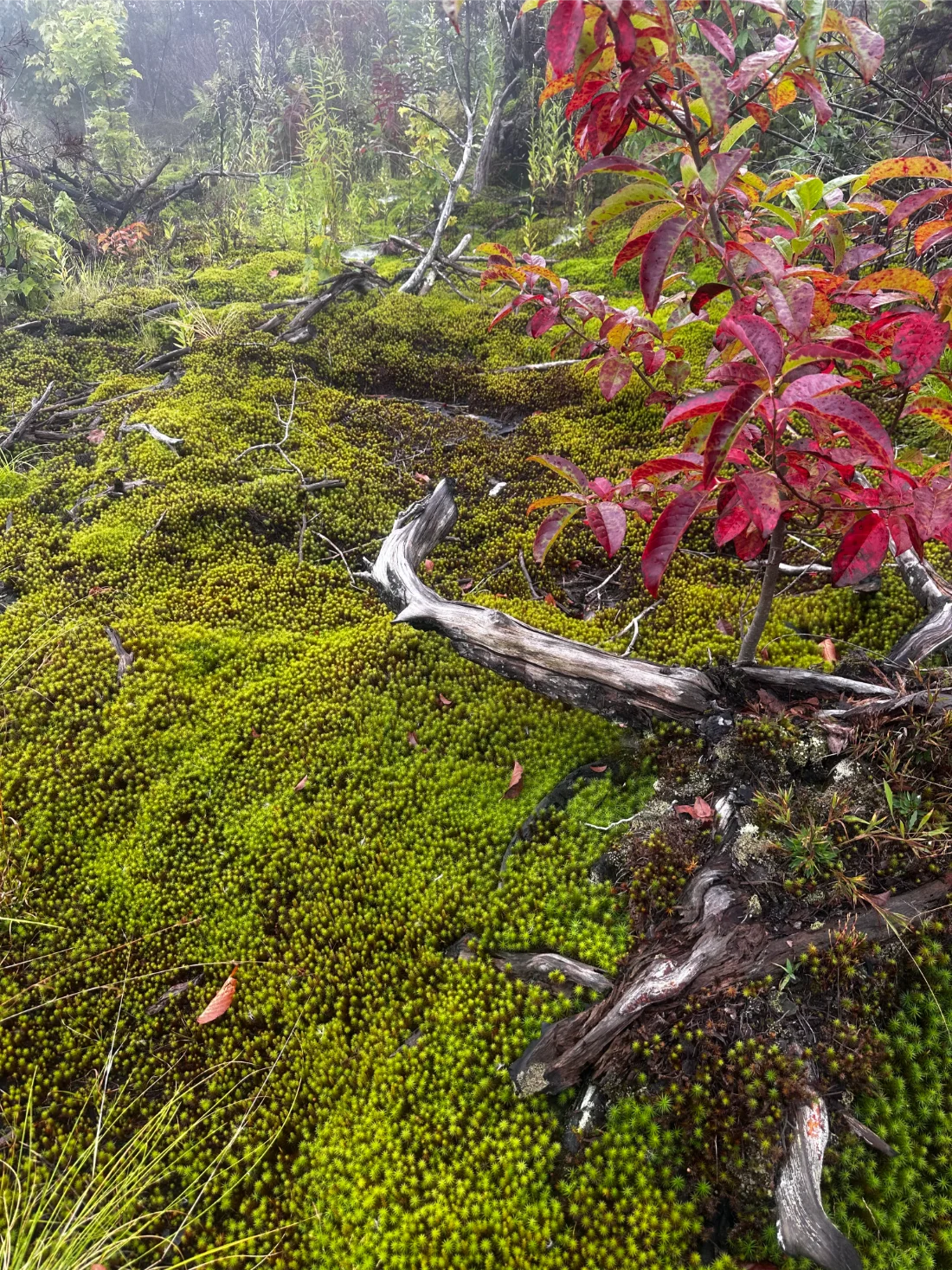
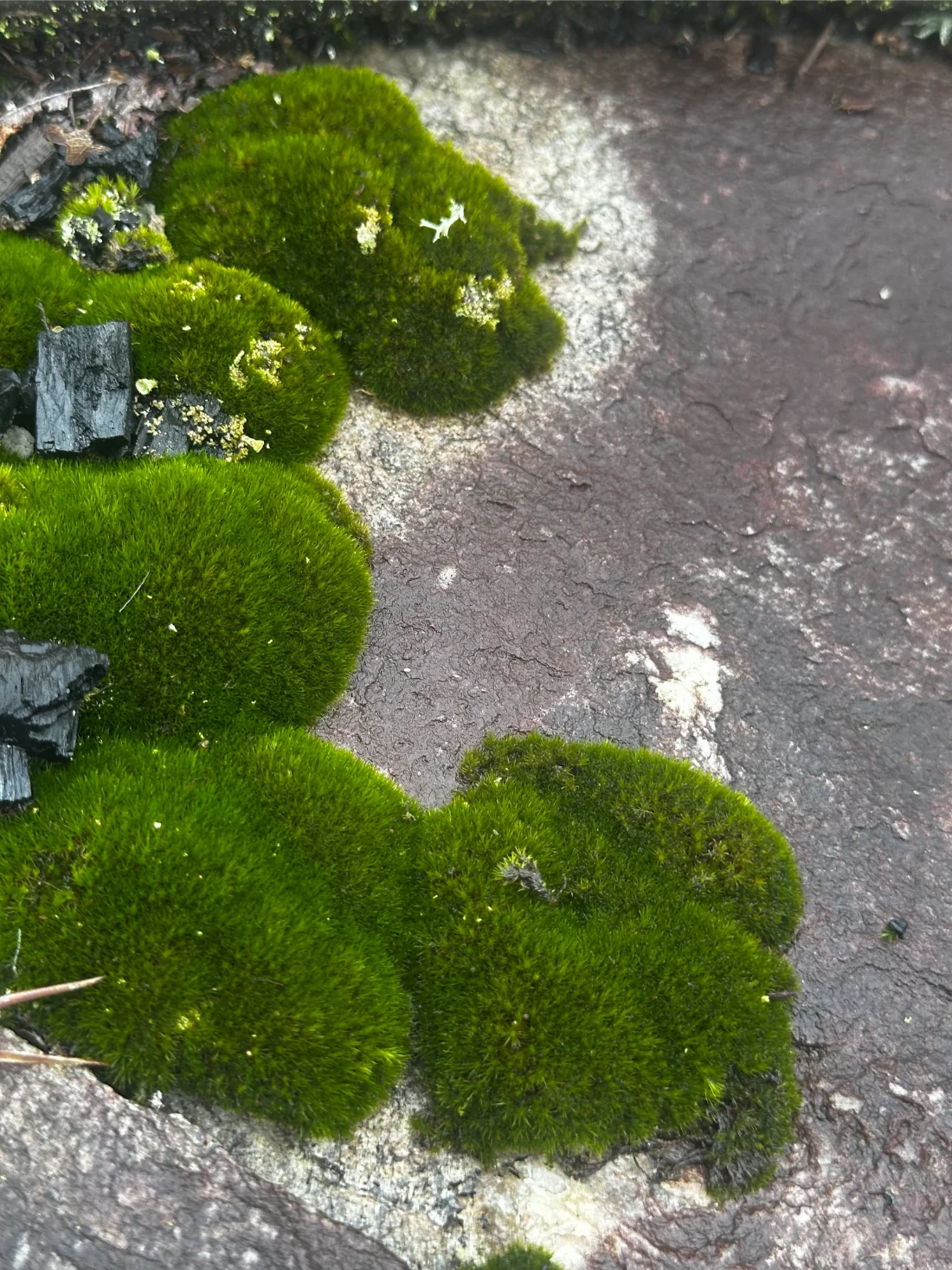
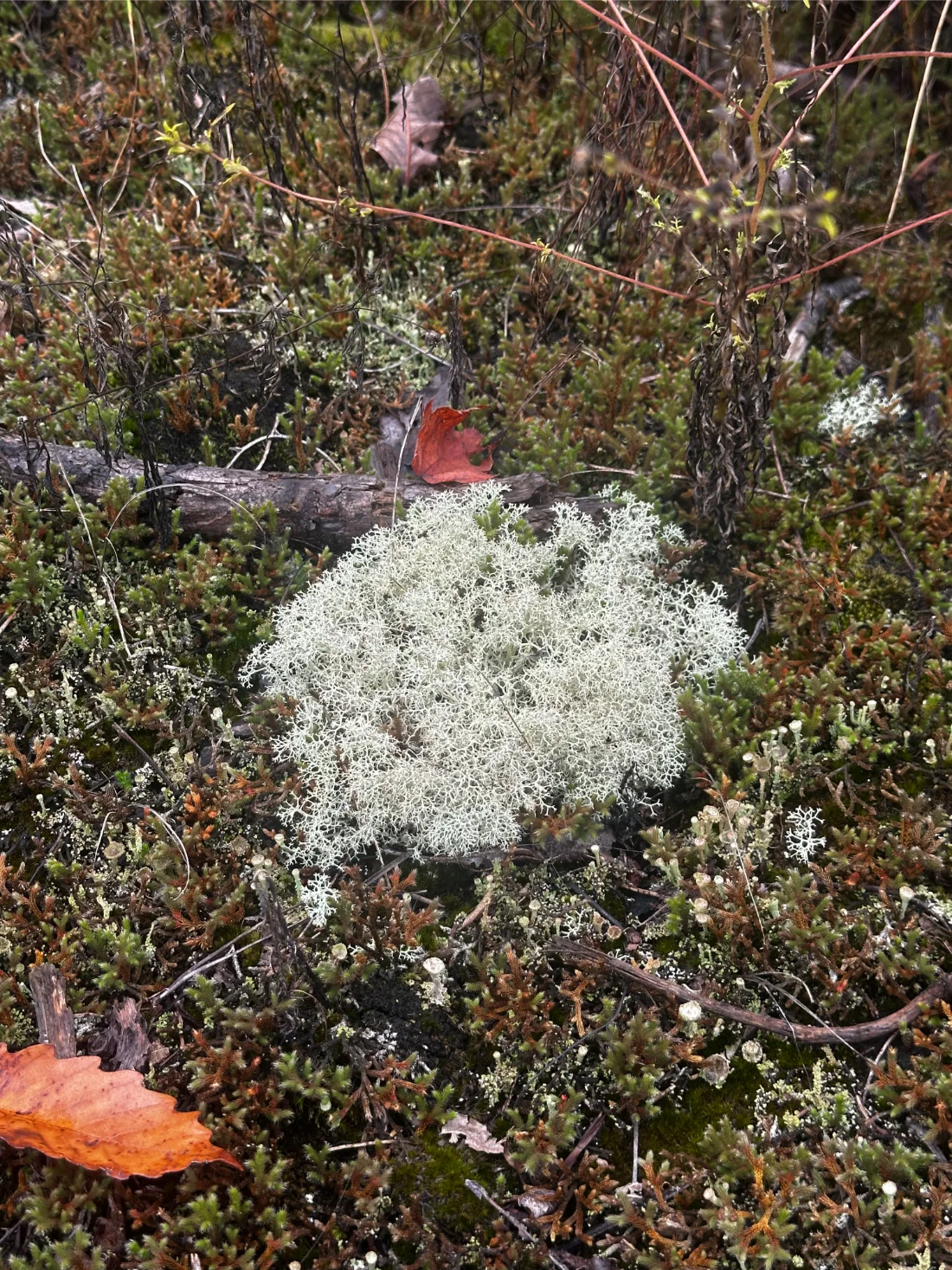

Step into nature and you’ll realize: moss is transforming every surface it touches into a tiny, living work of art.
On a recent hike, surrounded by the hush of a shaded trail and the hum of faraway water, I started noticing the forest floor differently. What I once thought of as just “green” revealed itself as a landscape of textures — soft domes, delicate filaments, and coral-like clusters — each growing with quiet confidence. Moss, I realized, doesn’t demand attention; it simply exists, thriving in stillness, slowly reshaping the world around it.
As we walked deeper, the forest became a living gallery. Here’s what we found — and what each taught me about nature’s subtle artistry.
-
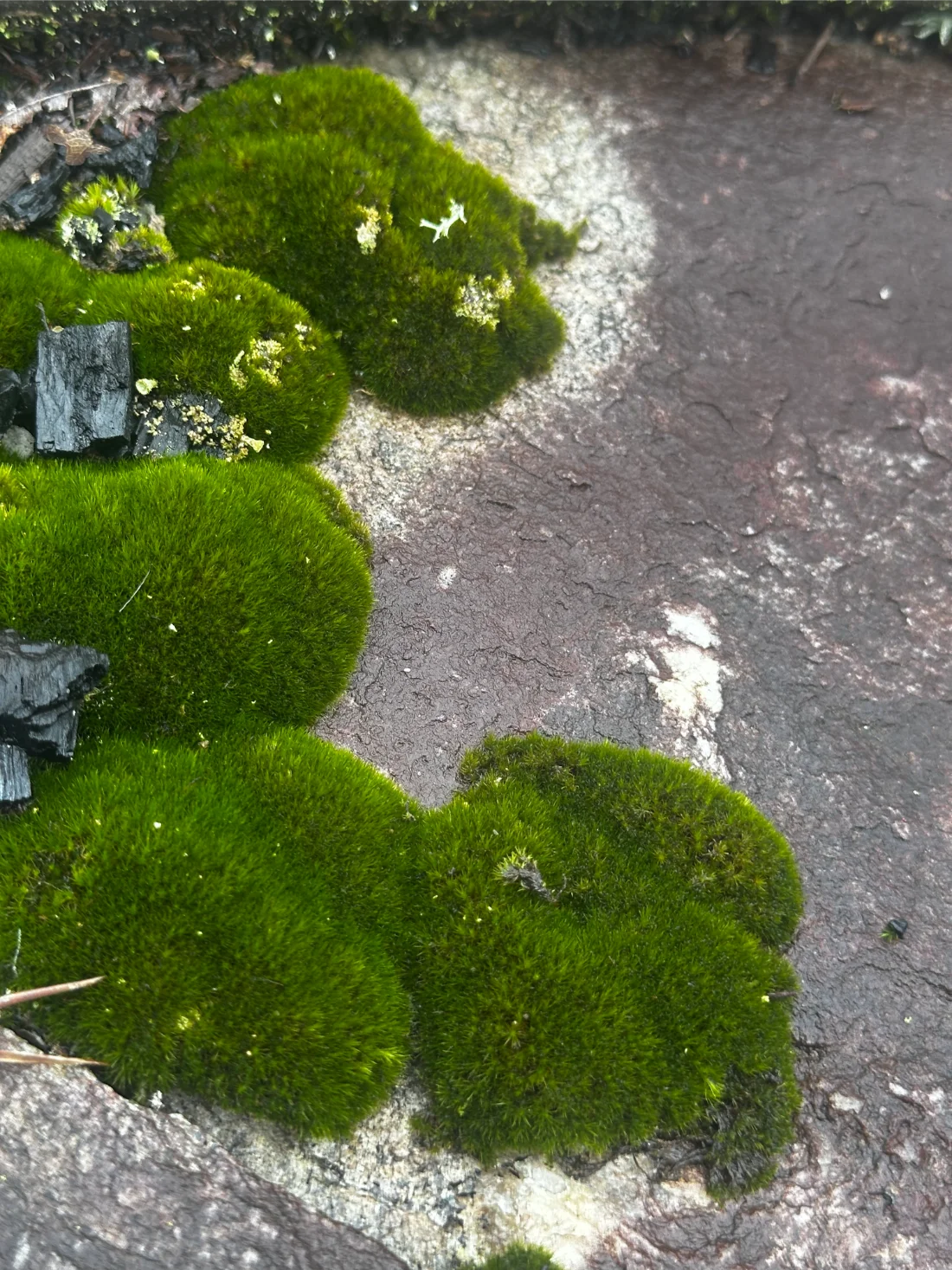
-
Bun Moss: The Velvet Landscaper
The first thing that caught my eye was a patch of bun moss. Soft, dome-shaped, and impossibly plush, it looked as if nature had upholstered the ground in green velvet. The mounds clustered together like tiny cushions, hugging rocks and tree roots in gentle embrace.
Up close, you can see the way it captures light — matte yet luminous, absorbing and reflecting in a way no synthetic texture ever could. Bun moss reminds me of how design can be both sculptural and soft. It doesn’t need to grow tall or compete; it finds beauty in quiet forms, grounding everything it touches in calm.
-
Reindeer Moss: The Land Coral
Then came reindeer moss — technically a lichen, though it has more in common with coral reefs than with the mosses it shares space with. Pale gray-green and spongey to the touch, it grows like a frozen wave, branching into fractal forms that feel both architectural and organic.
Reindeer moss feels like a natural metaphor for balance. It’s minimal but full of movement, delicate but resilient, thriving in places other plants would fade. Its sculptural quality makes it a designer’s dream — proof that even the smallest organisms can shape grand ideas about texture, tone, and form.
-
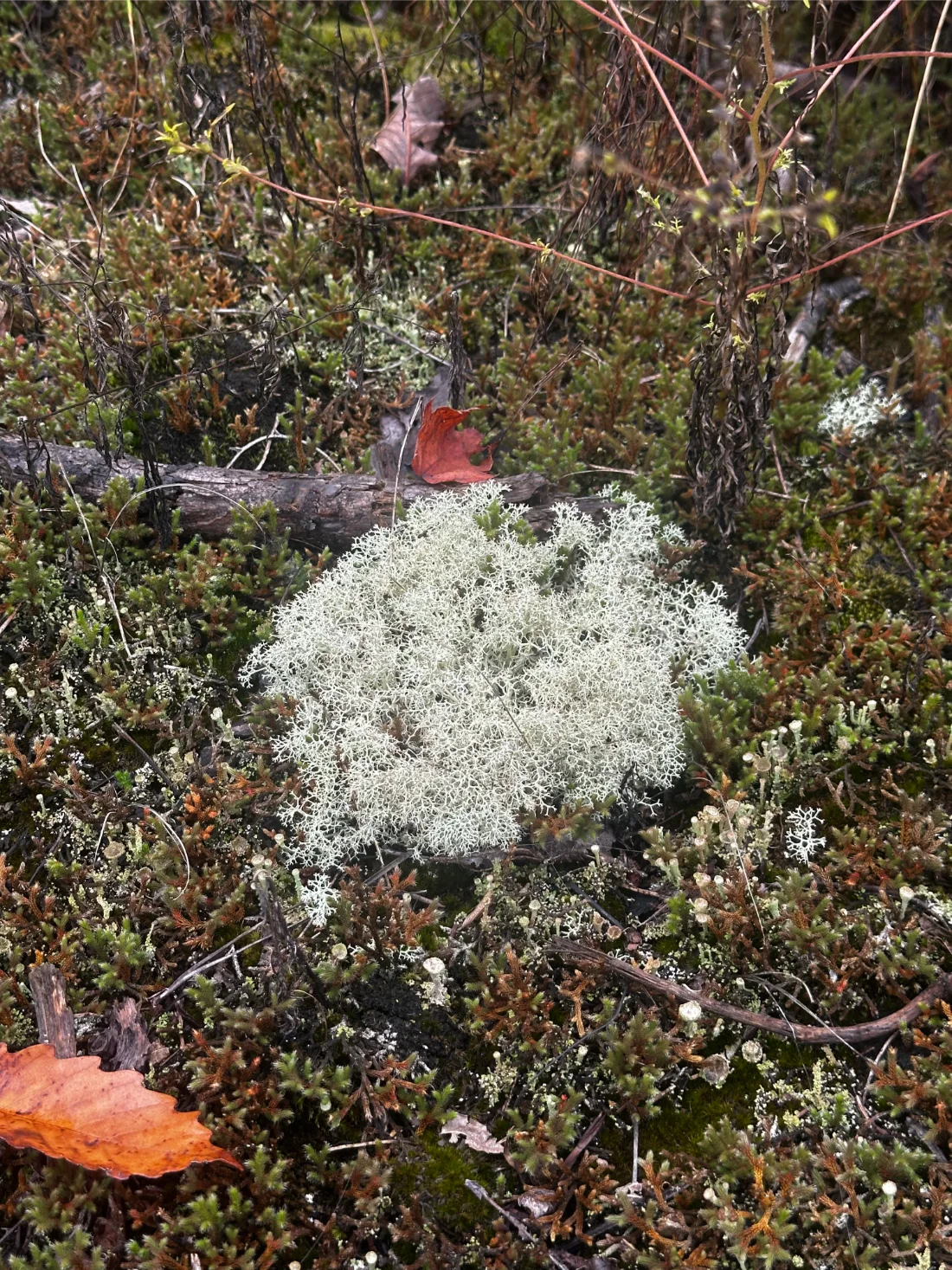
-
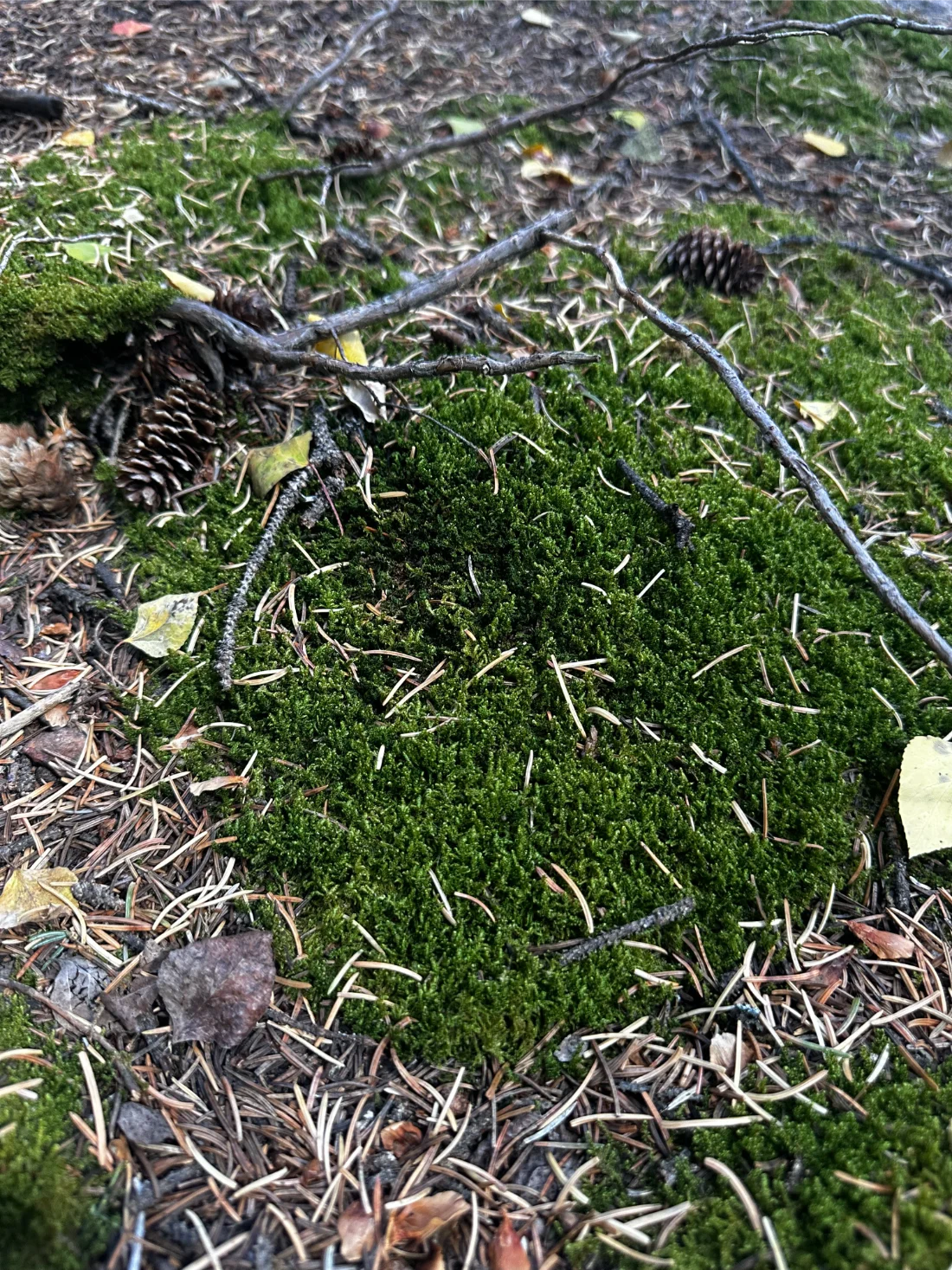
-
Flat Moss: The Minimalist’s Muse
Flat moss is the quiet background that most people overlook — the green carpet rolling gently across stone and wood. It’s the minimalist of the forest, spreading low and even, transforming rough surfaces into living velvet.
There’s a serenity to it. While other species reach or bloom, flat moss simply is. It exists without pretense, doing its quiet work of softening edges, cooling stone, and reminding us that simplicity is not emptiness — it’s intention.
In design, we often chase contrast and boldness, but flat moss teaches the opposite: that calm, uninterrupted texture can be its own form of richness.
-
Common Hair Cap Moss: The Forest Fireworks
Further along the trail, the ground opened into a damp clearing where the light pooled between trees. That’s where we found the Common Hair Cap Moss — tall, bristly, and delightfully dramatic. Each stem ended in a perfect starburst, a miniature firework frozen mid-bloom.
In a way, it felt like the extrovert of the moss family — lively, vertical, and unafraid to take up space. After a morning of soft greens and muted tones, its form added rhythm and contrast. Under a light drizzle, every tip shimmered like fiber optics, catching drops of water before letting them fall.
There was something energizing about it — like nature reminding us that stillness can still have presence, that design can be both quiet and expressive at once.
-
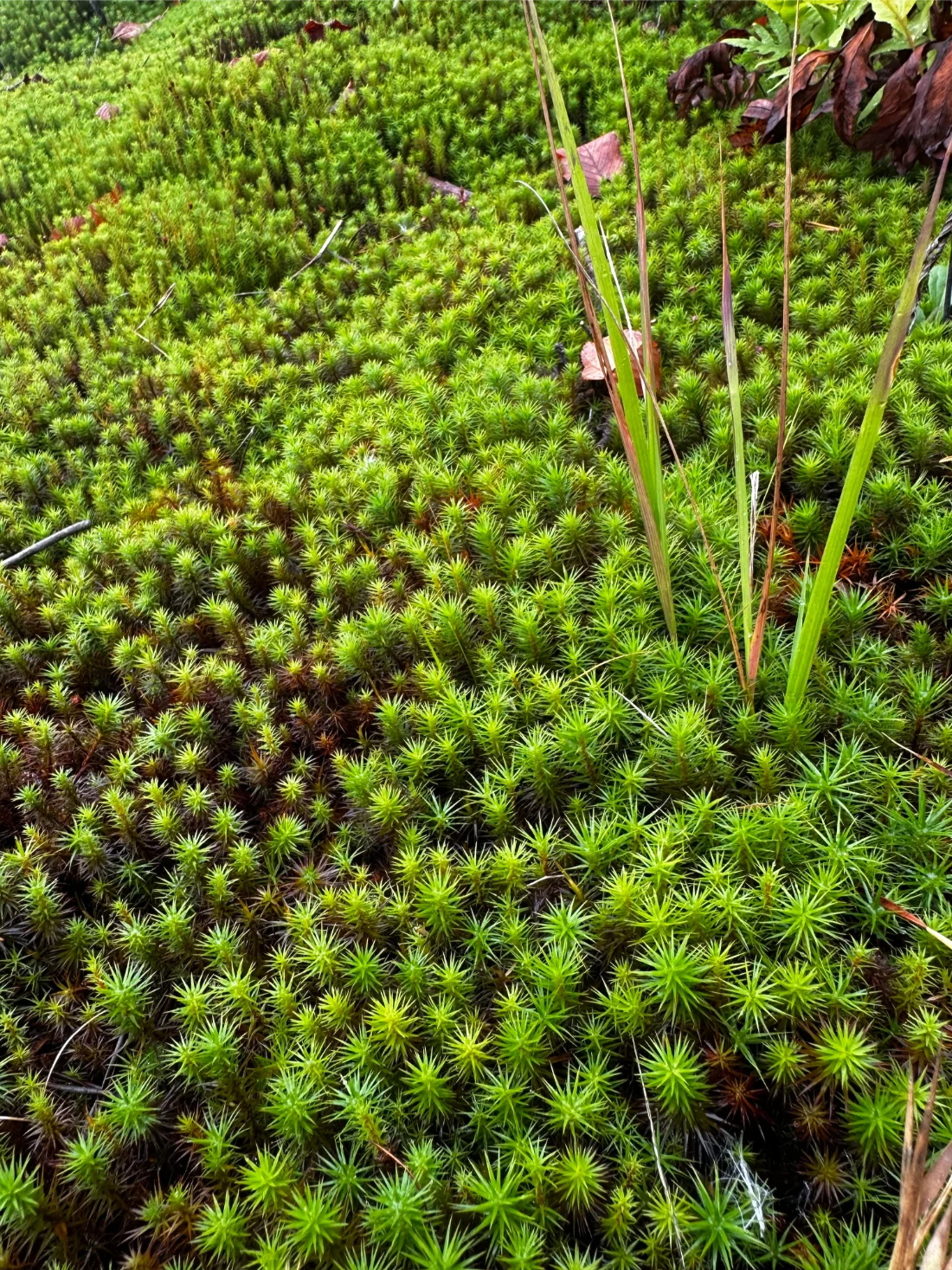
-
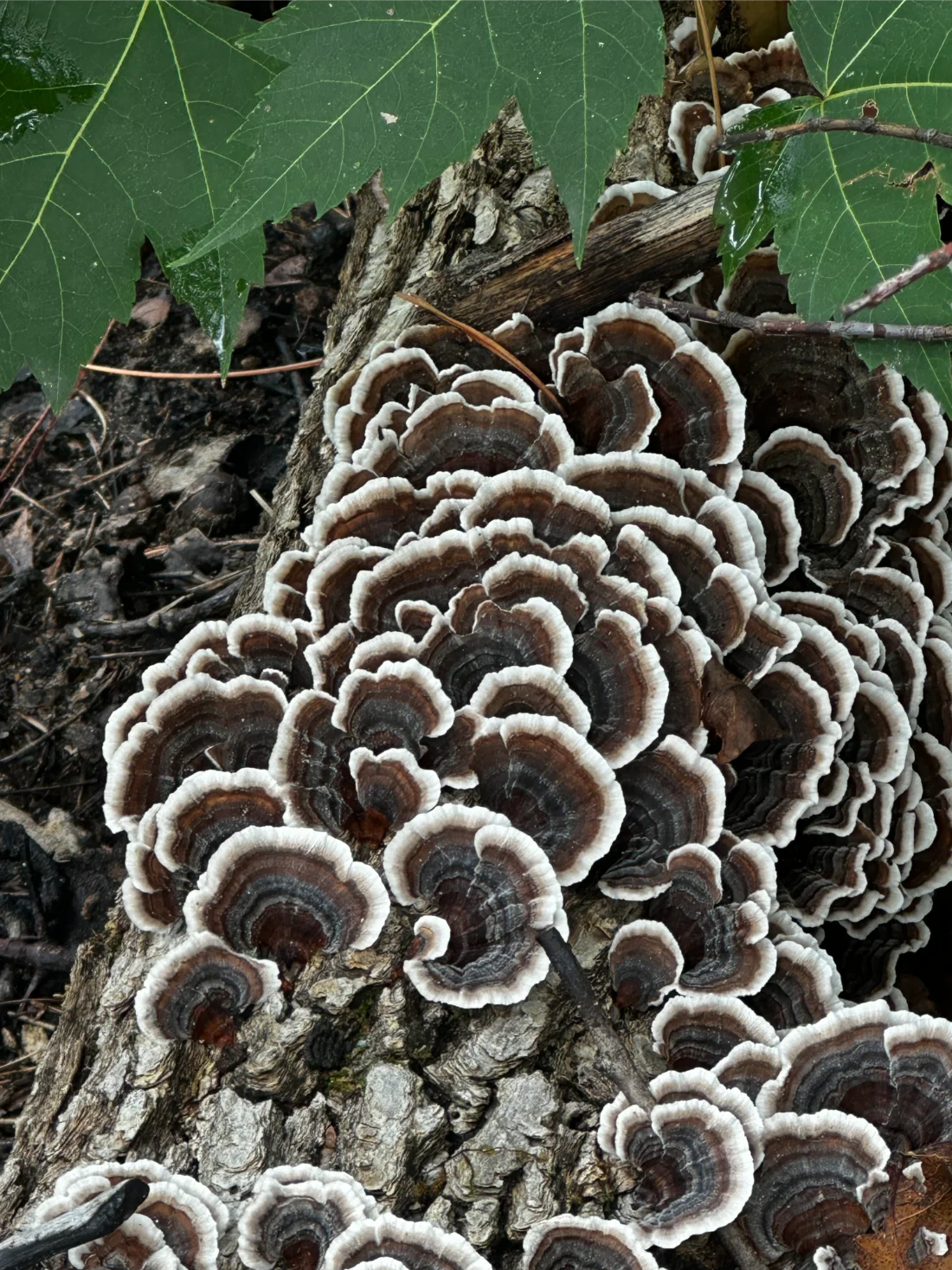
-
Turkey Tail Mushrooms: The Accidental Companion
They weren’t moss, but they demanded attention anyway. Turkey tail mushrooms, curling and layering along a fallen log, brought color to the forest in rings of ochre, blue, and chestnut. Each one was a masterpiece in its own right — delicate bands that told the story of time and decay, of life building upon what came before.
It struck me that in the natural world, nothing feels out of place. The moss, the mushrooms, the bark beneath — each element contributes to a larger composition. Together, they create what designers spend their lives trying to replicate: harmony through imperfection.
-
A Museum Moss Moment
Later, in a completely different setting — a museum — I found myself face-to-face with moss again. Meg Webster’s installation sat quietly in the center of a bright white room: a moss bed, precise and square, a forest condensed into geometry.
I couldn’t help but lean closer, pointing out the varieties I recognized — bun, flat, reindeer — each arranged like a painter’s palette. An employee quickly reminded me (loudly) that touching was off-limits. I laughed, apologized, and stepped back.
But that moment lingered. It was a reminder that our fascination with nature doesn’t fade when we leave the forest — it follows us indoors. And when we bring it intentionally into our built spaces, whether through art, preservation, or design, we reconnect with that quiet awe we feel on the trail.
-
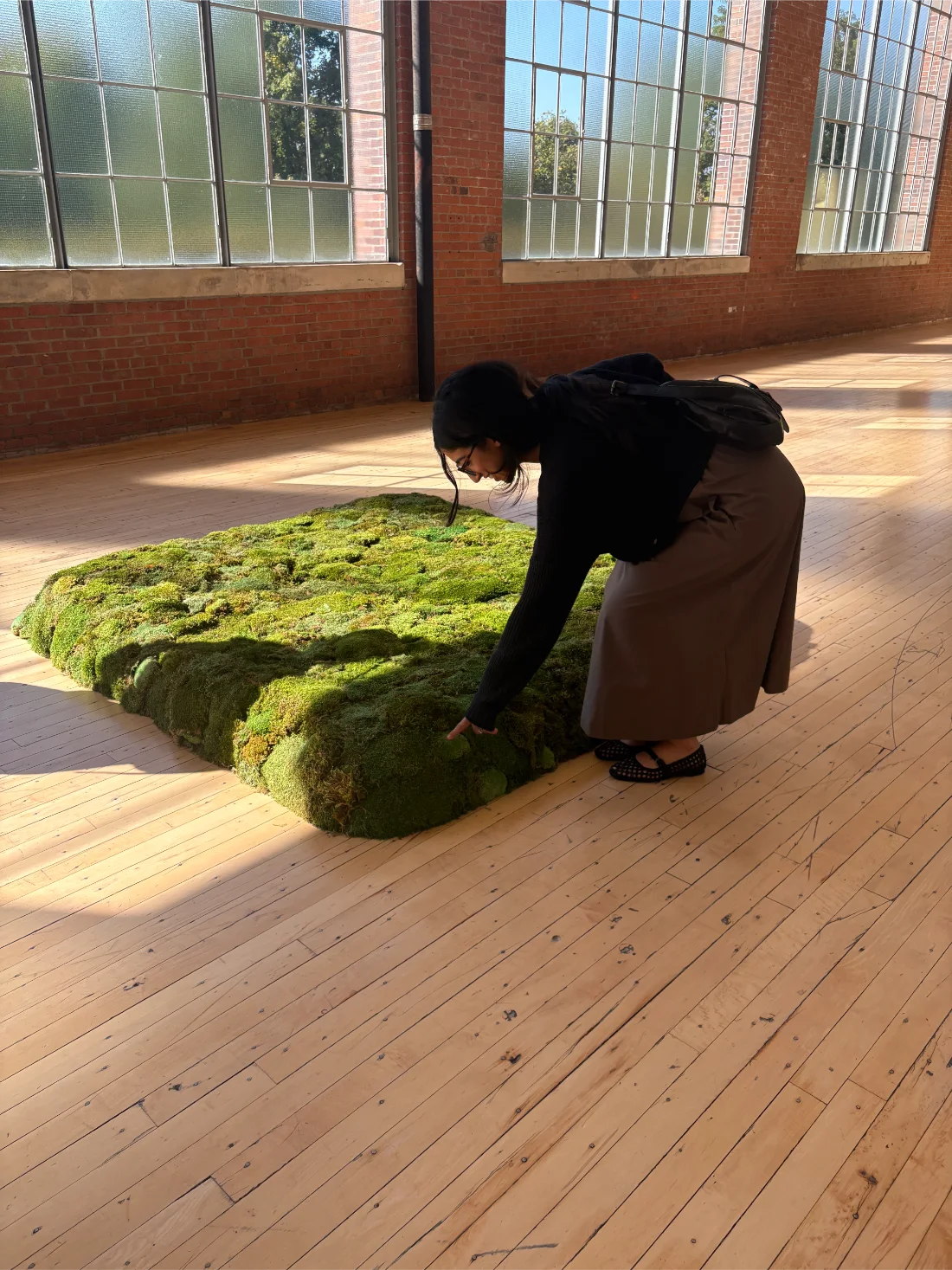
Moss doesn’t rush. It doesn’t chase sunlight or bend toward applause. It simply thrives in the slow, soft spaces of the world — filling cracks, cooling surfaces, creating beauty wherever it can.
That’s the lesson we take with us into our work at Naturalist: that nature’s artistry doesn’t need to be reinvented, only revealed. Whether on a mountainside or a moss wall, the same story unfolds — one of resilience, renewal, and quiet design that transforms everything it touches.
Get In Touch
-
Customer service
info@naturalist.us -
Follow us










